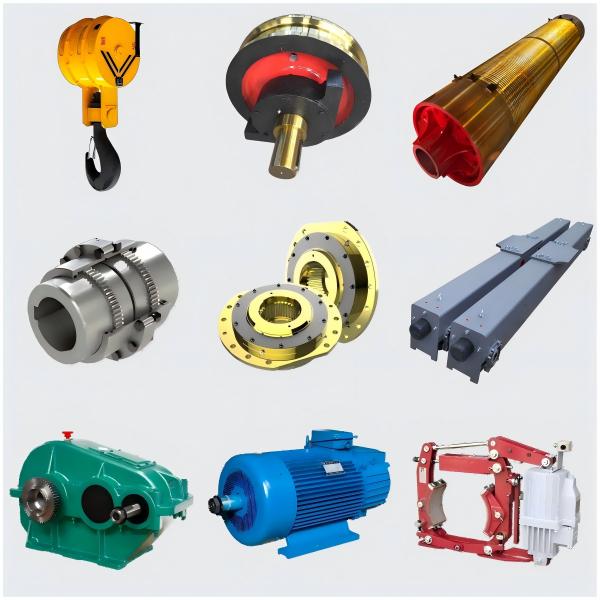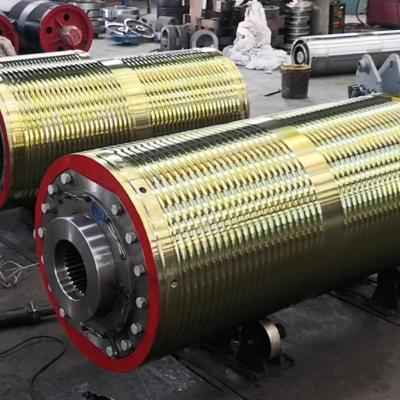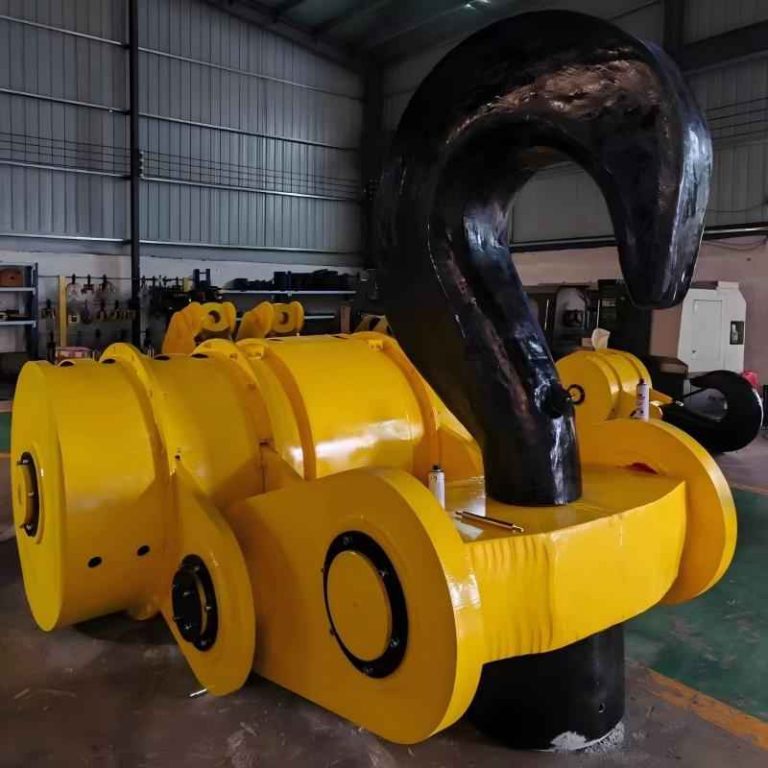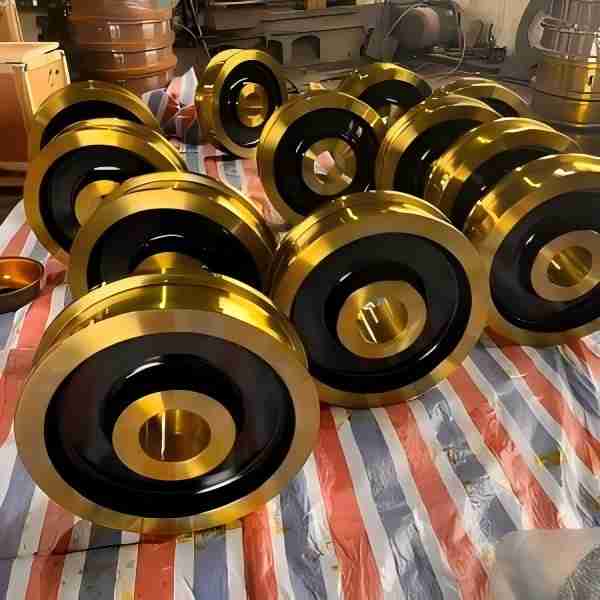Gear Coupling in Crane Applications: Efficiency, Reliability, and Safety
In heavy-duty industries such as construction, shipping, and manufacturing, cranes are indispensable machines for lifting and moving loads safely and efficiently. At the heart of their power transmission systems lies a critical component: the gear coupling. This flexible mechanical device ensures smooth torque transfer between shafts, accommodates misalignment, and provides durability under extreme conditions. Understanding the role of gear couplings in cranes helps operators, engineers, and maintenance teams maximize efficiency, reduce downtime, and extend the life of their equipment.
What Is a Gear Coupling?
A gear coupling is a mechanical device that connects two rotating shafts, transmitting torque while compensating for misalignment. It typically consists of two hubs with external gear teeth and a sleeve with internal gear teeth. This design allows gear couplings to handle:
-
High torque capacity
-
Angular, parallel, and axial misalignment
-
Shock loads and vibrations
Because cranes operate under heavy loads and dynamic conditions, gear couplings are often the preferred choice for ensuring reliable performance.
Applications of Gear Coupling in Cranes
Gear couplings are widely used across different types of cranes, including overhead cranes, gantry cranes, tower cranes, and mobile cranes. Their specific applications include:
-
Hoist Mechanism
The hoisting system, responsible for lifting and lowering loads, requires reliable torque transmission. Gear couplings absorb shock loads generated during load lifting and ensure precise control. -
Trolley Travel System
In overhead cranes, the trolley moves along the bridge to position loads. Gear couplings allow smooth operation by compensating for misalignments in the drive shafts, reducing wear on bearings and gears. -
Crane Bridge Drive
The movement of the entire crane bridge along the runway rails demands strong and durable couplings. Gear couplings handle the large torque and uneven track conditions common in industrial environments. -
Slew Drives in Tower Cranes
Tower cranes rely on slew drives to rotate their jib. Gear couplings provide flexibility and absorb vibrations, ensuring precise rotation even under windy or uneven loading conditions.
Benefits of Gear Couplings in Crane Application
The use of gear couplings in crane systems offers several critical advantages:
-
High Torque Transmission: Gear couplings can transmit large amounts of torque, making them ideal for cranes handling heavy loads.
-
Misalignment Compensation: Cranes often face structural deflection or foundation shifts. Gear couplings compensate for misalignments, preventing damage to shafts and bearings.
-
Shock and Vibration Absorption: During lifting and lowering, cranes generate dynamic forces. Gear couplings absorb these shocks, protecting connected components.
-
Durability and Long Service Life: Manufactured from hardened steel, gear couplings withstand harsh conditions such as dust, moisture, and high operating temperatures.
-
Low Maintenance: With proper lubrication, gear couplings provide long-lasting performance with minimal maintenance requirements.
Maintenance Considerations
While gear couplings are robust, proper maintenance is essential for reliable crane performance:
-
Lubrication – Regular lubrication reduces wear and prevents overheating.
-
Inspection – Check for signs of wear, such as pitting or tooth damage.
-
Alignment – Although gear couplings compensate for misalignment, excessive misalignment can shorten their lifespan.
-
Seal Integrity – Ensure seals are intact to prevent lubricant leakage and contamination.
Conclusion
Gear couplings are a cornerstone of crane power transmission systems, enabling safe, reliable, and efficient operation. By accommodating misalignment, transmitting high torque, and absorbing shocks, they protect vital crane components and reduce downtime. For industries that depend on cranes—such as construction, steel production, and shipping—investing in high-quality gear couplings is essential for long-term performance and safety.
Companies looking to improve crane reliability should not overlook the importance of gear couplings. With proper selection, installation, and maintenance, gear couplings deliver unmatched durability and operational efficiency, ensuring cranes perform at their best in the most demanding environments.







